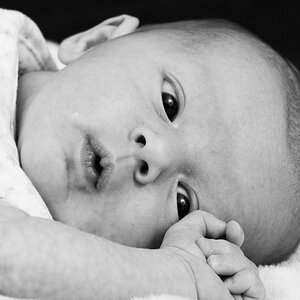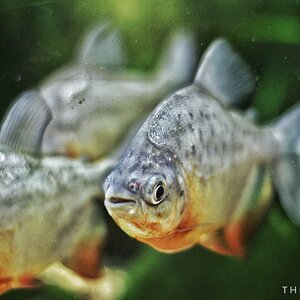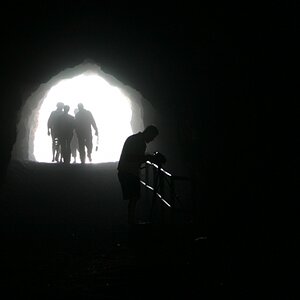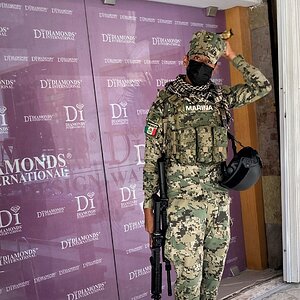slvr92
TPF Noob!
- Joined
- Dec 20, 2008
- Messages
- 28
- Reaction score
- 0
- Can others edit my Photos
- Photos OK to edit
Hello everyone!
I would like to ask some questions about the exposure on my Nikon N50/F50. Sometimes when I get lucky on my outdoor shots, my exposure meter would be correct and it would be balanced out. Other times, there would be either too much light or not enough light coming through. Even if I use my built-in flash, there isn't enough light or not enough light to make the exposure meter be balance. I mess around with the shutter speed and aperture when I'm taking a shallow DoF picture, but feel that the exposure is going to mess up my picture because it's not balanced out.
Does the exposure meter ALWAYS needs to be right in the middle? Can I take a picture with there be too much light or not enough light and assume that the picture will look nice?
I'll be developing my Fuji 400 films tomorrow after yesterday and todays shooting. I'll scan some of them to get some critiques on it.
Anyways, thanks in advance for all the advice you guys can give me. I hope my post makes sense though.
Cheers!
I would like to ask some questions about the exposure on my Nikon N50/F50. Sometimes when I get lucky on my outdoor shots, my exposure meter would be correct and it would be balanced out. Other times, there would be either too much light or not enough light coming through. Even if I use my built-in flash, there isn't enough light or not enough light to make the exposure meter be balance. I mess around with the shutter speed and aperture when I'm taking a shallow DoF picture, but feel that the exposure is going to mess up my picture because it's not balanced out.
Does the exposure meter ALWAYS needs to be right in the middle? Can I take a picture with there be too much light or not enough light and assume that the picture will look nice?
I'll be developing my Fuji 400 films tomorrow after yesterday and todays shooting. I'll scan some of them to get some critiques on it.
Anyways, thanks in advance for all the advice you guys can give me. I hope my post makes sense though.
Cheers!












